The sun was still a bit high for optimal light on these. This is what is left of the abandoned shed and platform, and what looks like a ticket office at the gate.













Attachments
-
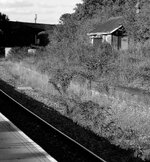 P1000244.JPG323.5 KB · Views: 233
P1000244.JPG323.5 KB · Views: 233 -
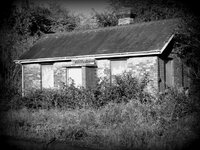 P1000245.JPG213.6 KB · Views: 232
P1000245.JPG213.6 KB · Views: 232 -
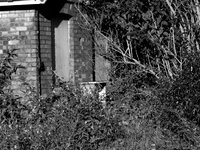 P1000246.JPG280.7 KB · Views: 213
P1000246.JPG280.7 KB · Views: 213 -
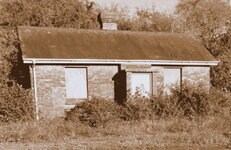 P1000247.JPG205.9 KB · Views: 224
P1000247.JPG205.9 KB · Views: 224 -
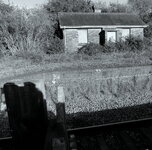 P1000248.JPG313 KB · Views: 236
P1000248.JPG313 KB · Views: 236 -
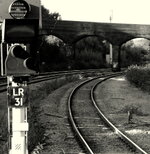 P1000249.JPG219.1 KB · Views: 201
P1000249.JPG219.1 KB · Views: 201 -
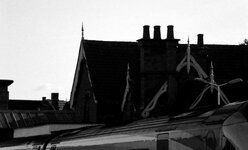 P1000250.JPG63.4 KB · Views: 230
P1000250.JPG63.4 KB · Views: 230 -
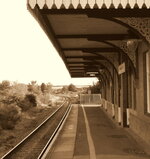 P1000251.JPG153 KB · Views: 256
P1000251.JPG153 KB · Views: 256 -
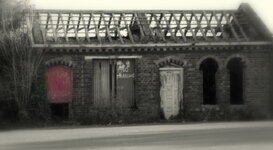 P1000252.JPG74.4 KB · Views: 232
P1000252.JPG74.4 KB · Views: 232
Last edited by a moderator:

